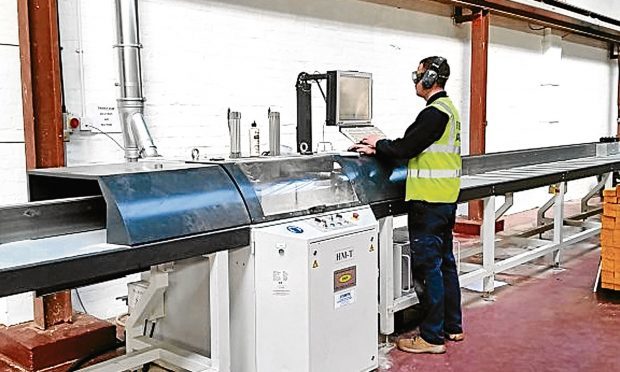Over the next couple of weeks many people will take a well deserved break.
They’ll eat, drink and be merry and then plonk themselves in front of the telly and watch box sets till their hearts content. Quite right too.
No-one can keep going ad nauseum and the festive season is the perfect excuse to take a breather.
But what if we could build more R&R time into our regular working lives?
We all crave a better work / life balance but every year it seems the dial is turned up and the expectations on individual employees increase.
But working people to the bone isn’t a long-term answer for the economy.
In fact it can create as many problems as it solves as workers get stressed, get sick, start making mistakes and standards slip.
The good news is that it doesn’t have to be like this. By working smarter as a nation the balance can be redressed.
This is not pie in the sky stuff – many advanced economies are significantly more productive than Britain.
In fact, the Office for National Statistics describes the shortfall as the UK’s “productivity puzzle.”
According to recent ONS stats, every worker in the UK was 15.4% per hour less productive in 2016 than a counterpart colleague from within the G7 group of leading economies.
Compared with Germany, the UK was more than 25% behind. That’s not just a poorer return, that’s nowhere.
There are many theories as to why the UK is so far behind the curve.
But they matter less to me than what is being done to improve productivity.
On a macro level, government has a major role to play in ensuring the long-awaited rebalancing of the economy from the dominant services sector to manufacturing, which generally offers greater potential returns on capital deployed, comes to pass.
The UK also needs to invest heavily as a country in better infrastructure – particularly transport and digital – and offer the best possible framework to allow companies not just to survive but to thrive and scale.
But we should not just wait for economic change to happen to us, we need to effect it ourselves.
Imagine the impact on the economy and individual lifestyles if every person in every workplace in the land took a few hours out to assess what they do, how they do it, whether it can be done better and, crucially, whether it needs to be done at all.
By doing so you’ll set yourself up for a merrier, more productive and more relaxing New Year.
What better Christmas gift?
